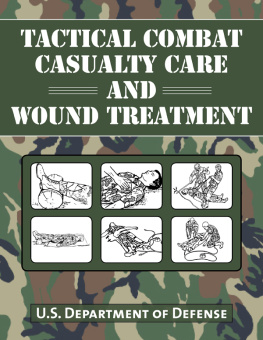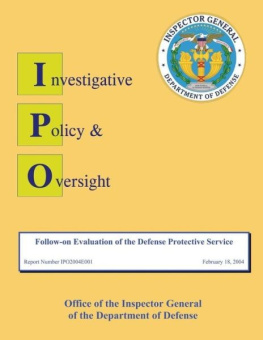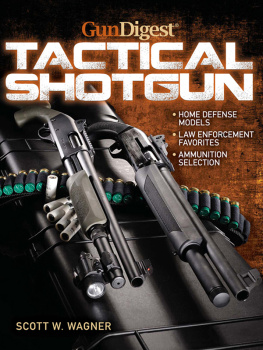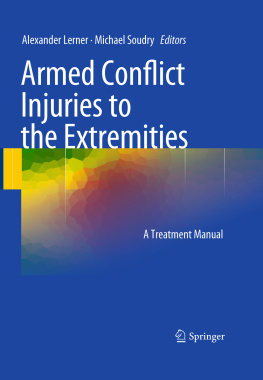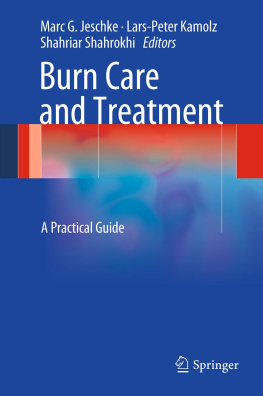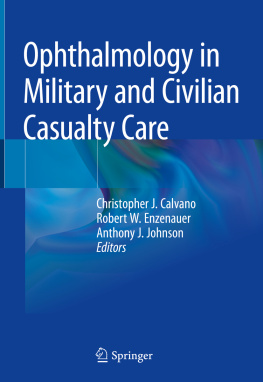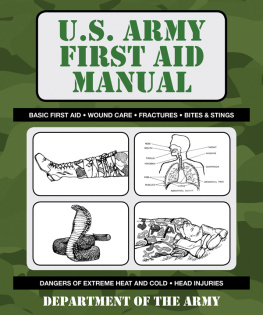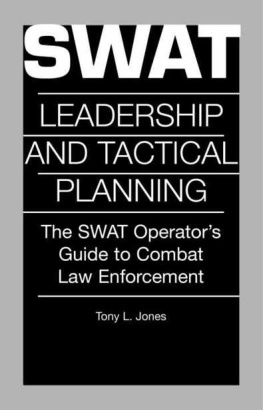Special contents of this edition copyright 2016 by Skyhorse Publishing
All rights reserved. No part of this book may be reproduced in any manner without the express written consent of the publisher, except in the case of brief excerpts in critical reviews or articles. All inquiries should be addressed to Skyhorse Publishing, 307 West 36th Street, 11th Floor, New York, NY 10018.
Skyhorse Publishing books may be purchased in bulk at special discounts for sales promotion, corporate gifts, fund-raising, or educational purposes. Special editions can also be created to specifications. For details, contact the Special Sales Department, Skyhorse Publishing, 307 West 36th Street, 11th Floor, New York, NY 10018 or .
Skyhorse and Skyhorse Publishing are registered trademarks of Skyhorse Publishing, Inc., a Delaware corporation.
Visit our website at www.skyhorsepublishing.com.
10 9 8 7 6 5 4 3 2 1
Library of Congress Cataloging-in-Publication Data is available on file.
Cover design by Brian Peterson
ISBN: 978-1-63450-331-0
Ebook ISBN: 978-1-63450-960-2
Printed in China
DEVELOPMENT
This subcourse is approved for resident and correspondence course instruction. It reflects the current thought of the Academy of Health Sciences and conforms to printed Department of the Army doctrine as closely as currently possible. Development and progress render such doctrine continuously subject to change.
ADMINISTRATION
Students who desire credit hours for this correspondence subcourse must enroll in the subcourse. Application for enrollment should be made at the Internet website: http://www.atrrs.army.mil. You can access the course catalog in the upper right corner. Enter School Code 555 for medical correspondence courses. Copy down the course number and title. To apply for enrollment, return to the main ATRRS screen and scroll down the right side for ATRRS Channels. Click on SELF DEVELOPMENT to open the application; then follow the on-screen instructions.
For comments or questions regarding enrollment, student records, or examination shipments, contact the Nonresident Instruction Branch at DSN 471-5877, commercial (210) 221-5877, toll-free 1-800-344-2380; fax: 210-221-4012 or DSN 471-4012, email , or write to:
NONRESIDENT INSTRUCTION BRANCH
AMEDDC&S
ATTN: MCCS-HSN
2105 11TH STREET SUITE 4191
FORT SAM HOUSTON TX 78234-5064
Be sure your social security number is on all correspondence sent to the Academy of Health Sciences.
CLARIFICATION OF TERMINOLOGY
When used in this publication, words such as "he," "him," "his," and "men" are intended to include both the masculine and feminine genders, unless specifically stated otherwise or when obvious in context.
USE OF PROPRIETARY NAMES
The initial letters of the names of some products may be capitalized in this subcourse. Such names are proprietary names, that is, brand names or trademarks. Proprietary names have been used in this subcourse only to make it a more effective learning aid. The use of any name, proprietary or otherwise, should not be interpreted as endorsement, deprecation, or criticism of a product; nor should such use be considered to interpret the validity of proprietary rights in a name, whether it is registered or not.
TABLE OF CONTENTS
CORRESPONDENCE COURSE OF
THE U.S. ARMY MEDICAL DEPARTMENT CENTER AND SCHOOL
SUBCOURSE MD0554
TACTICAL COMBAT CASUALTY CARE AND WOUND TREATMENT
INTRODUCTION
When you have casualties on the battlefield, you must determine the sequence in which the casualties are to be treated and how to treat their injuries. This subcourse discusses the procedures for performing tactical combat casualty care; treating injuries to the extremities, chest, abdominal, and head; and controlling shock.
Subcourse Components :
This subcourse consists of eight lessons. The lessons are:
Here are some suggestions that may be helpful to you in completing this subcourse:
--Read and study each lesson carefully.
--Complete the subcourse lesson by lesson. After completing each lesson, work the exercises at the end of the lesson, marking your answers in this booklet.
--After completing each set of lesson exercises, compare your answers with those on the solution sheet that follows the exercises. If you have answered an exercise incorrectly, check the reference cited after the answer on the solution sheet to determine why your response was not the correct one.
Credit Awarded :
Upon successful completion of the examination for this subcourse, you will be awarded 16 credit hours.
To receive credit hours, you must be officially enrolled and complete an examination furnished by the Nonresident Instruction Section at Fort Sam Houston, Texas.
You can enroll by going to the web site http://atrrs.army.mil and enrolling under Self Development (School Code 555).
A listing of correspondence courses and subcourses available through the Nonresident Instruction Section is found in Chapter 4 of DA Pamphlet 350-59, Army Correspondence Course Program Catalog. The DA PAM is available at the following website: http://www.usapa.army.mil/pdffiles/p350-59.pdf.
LESSON ASSIGNMENT
| LESSON 1 | Tactical Combat Casualty Care. |
| TEXT ASSIGNMENT | Paragraphs 1-1 through 1-5. |
| LESSON OBJECTIVES | When you have completed this lesson, you should be able to: |
1-1. Identify factors that influence combat casualty care. |
1-2. Identify the stages of care? |
1-3. Identify the procedures for care under fire. |
1-4. Identify the procedures for tactical field care. |
1-5. Identify the procedures for casualty evacuation care. |
| SUGGESTION | Work the lesson exercises at the end of this lesson before beginning the next lesson. These exercises will help you accomplish the lesson objectives. |
LESSON 1
TACTICAL COMBAT CASUALTY CARE
1-1. GENERAL
As a combat medic on todays battlefield, you will experience a wide variety of conditions not previously experienced. Your training has prepared you on standards that apply to the civilian emergency medical service (EMS) world that may not apply to the combat environment. These tools are a good basis for sound medical judgment; on todays battlefield, this judgment could save the lives of your fellow soldiers. The US Army found the need to migrate away from the civilian standards and allow the combat medics to analyze situations in ways not previously thought of. These techniques are called tactical combat casualty care (TC3). These techniques and factors will be discussed in the following paragraphs. Factors influencing combat casualty care include the following.
a. Enemy Fire . It may prevent the treatment of casualties and may put you at risk in providing care under enemy fire.
b. Medical Equipment Limitations . You only have what you carried in with you in your medical aid bag.
c. A Widely Variable Evacuation Time . In the civilian community, evacuation can be under 25 minutes; but in combat, evacuation may be delayed for several hours.
d. Tactical Considerations . Sometimes the mission will take precedence over medical care.
e. Casualty Transportation . Transportation for evacuation may or may not be available. Air superiority must be achieved before any air evacuation assets will be deployed. Additionally, the tactical situation will dictate when or if casualty evacuation can occur. In addition, environmental factors may prevent evacuation assets from reaching your casualty.

